A few days ago a low flying government airplane slowly circled around Timber Butte and through our surrounding foothills. I thought it was conducting the annual winter elk count but later discovered that it was hunting for a small pack of wolves that had killed two young cows on a neighboring ranch. Everyone in the area was on the alert keeping a watch out for their own stock. A little more fuel was added to the ongoing debate concerning the introduction of Canadian Gray Wolves into our state. The increasing wolf population throughout Idaho has created intense controversy over the past ten or so years drawing environmentalists, hunters (especially elk hunters), cattle and sheep ranchers, and politicians to a heated table of intense debate. It has become a polarizing issue; one in which there is difficulty finding middle ground. You either passionately love the wolf or you intensely hate him, and with the exception of a few that is just the way it is. Everyone seems to have an opinion, some being convinced they are essential to the balance of nature while others credit them with devastating entire herds of deer and elk. Living on the side of Timber Butte has given us a perspective that is not nearly so black and white, and in the final analysis I really don’t know the answer. I do know I love the idea that I live in a place where wolves can roam freely, but on the other hand would be pretty upset if they killed our livestock. I believe however the controversy over the wolf is rooted out of an ideology much deeper than most of the surface arguments commonly heard.
We have only observed wolves a couple of times up here in the eight or so years we’ve lived in the area. But, we are constantly aware of the hazards and presence of predators of every type. We have suffered the loss of our barnyard friends to raccoons, badgers, bobcats, foxes and coyotes, and even birds of prey. Besides the carnivores, the deer and elk regularly help themselves to the hay field as well as the orchard. The battle over preserving our food sources from the many diverse populations of hungry wild animals is a way of life here. It is a problem that we’ve accepted, always believing that it is simply one of the many challenges that comes with country living. Now, I’ll be the first to admit self-defense is sometimes a necessity, but mostly for us experiencing the constant presence of wildlife has been a privilege far more than a curse. When we decided to develop a self sustaining homestead it was our intention to live more with the land than off it. There is a difference; a difference which is rooted in a deep inner conviction of stewardship.
When we first started to develop the ranch I knew the only possible way we would be able to successfully have a vegetable garden was to build a fence around its perimeter high and strong enough to hold the deer and elk at bay and tight enough to discourage rabbits, ground squirrels and gophers. I also knew from past experience that we would need a bombproof poultry house to combat the constant nocturnal break-in attempts of hungry varmints; especially during those winter months when field mice are scare and tunneling moles are safely hibernating in their small pockets beneath the ice and snow. I also accepted the fact that we would either have to fence in the orchard (at a greater expense) or plant enough fruit trees with the attitude that it would be okay to share a little produce with the deer. It didn’t help matters that when we chose a south facing hillside to plant our orchard we overlooked the fact that it had been a habitat that served a thriving population of ground squirrels and gophers. They had moved in long before we decided to take dominion over the place. In addition to that we had no way of knowing we would be fighting a seasonal war with clouds of invading grasshoppers that were programmed to eat everything on Timber Butte to the ground nearly every summer. Over the past few years insects and predators of every type have invaded us by air, by land and from under the ground. In some ways our life here has been more equivalent to a war zone than to the tranquil homesteading lifestyle we had idealistically envisioned. Yet , it was our choice to build a homestead on land which served as a wildlife habitat long before we decided to come along. So where is the balance? What is right when it comes to this belief that we are not at war with nature but called to be a functional part of its balance? How can we be in step with it rather than on it?
Only a godly perspective and attitude will discover the middle ground of stewardship. The idea of living off the land rather than with itis rooted in an attitude of entitlement. This attitude says, “Living in nature is my right and I will take from it all that I can no matter the consequence.” It is a self serving perspective that motivates the use of toxic chemicals to combat unwanted pests and noxious weeds and other chemicals to stimulate the growth of the things that are wanted. It is generally short sighted and does not consider long range impact on such crucial matters as wildlife welfare, top soil restoration, and ground water quality. The other attitude, the one that demonstrates a desire to live withthe land, is one that endeavors to be in harmony with God’s intent for his creation. This perspective looks for organic and sustainable solutions for crop production as well as predator and insect control. It is far more challenging and generally more expensive, but it is a demonstration of far sightedness and integrity. It is an attitude of stewardship which is rooted from a heart of gratitude and an appreciation for God’s amazing provision. Stewardship removes us from the idea that we are the center of our world and reminds us that we are merely temporary visitors who have been given the great privilege of experiencing life, and maybe even owning a little land – which in reality we are just borrowing while we are here.
When it comes to stewardship I’m not an idealistic environmentalist; I keep a loaded shotgun hanging on the wall ready to take out any over aggressive coyote with a chicken in his mouth. But, I still see myself more as a grateful visitor to the land rather than an entitled lord over it. I am not a believer in the idea of “manifest destiny”, the entitlement attitude that nearly brought extinction to the buffalo and beaver, not to mention the American Indian. This is the only earth we will ever have and it is a gift from God; a gift that he told us to use but not abuse. That has been our heart as we endeavor to develop a small non-invasive homestead at Timber Butte. It’s our intention to develop it in such a way that it might serve the needs of our family without overly interrupting the natural life that inhabited it before we arrived. It is an attitude that motivates the choices we make and the actions we take. It is our sincere desire to live with the land rather than to live off it.


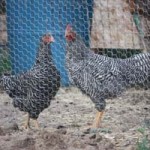
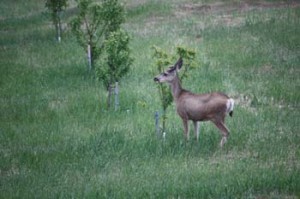
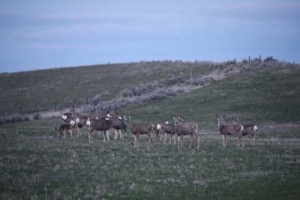
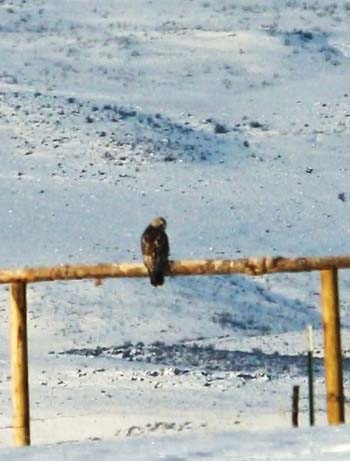

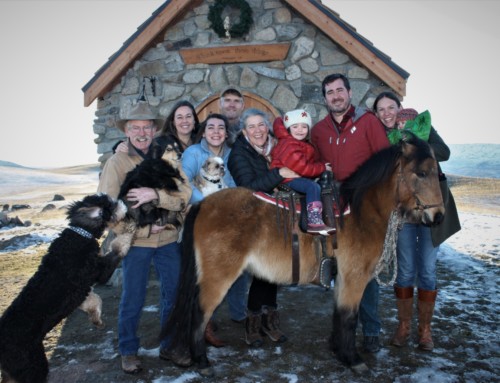
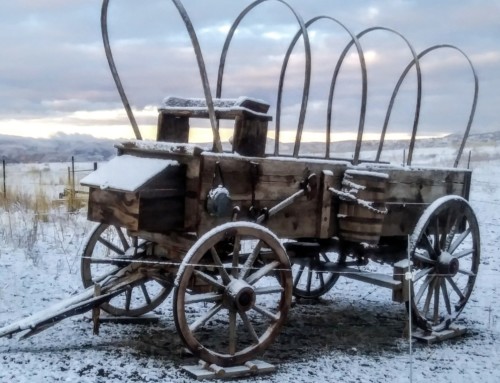
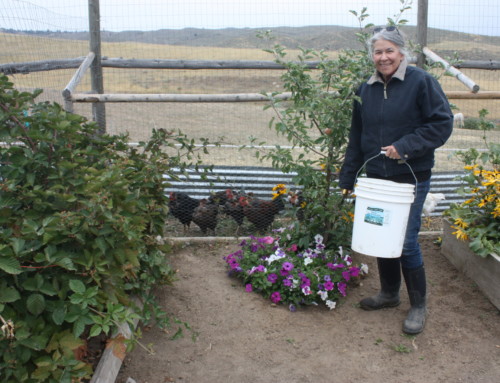
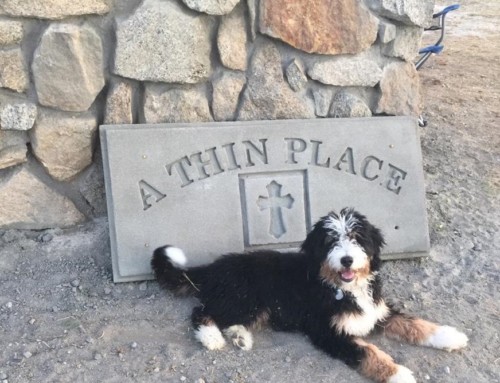
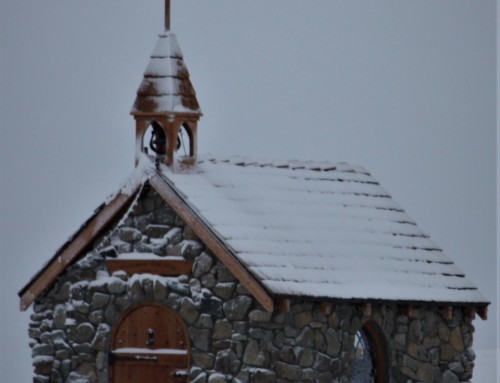
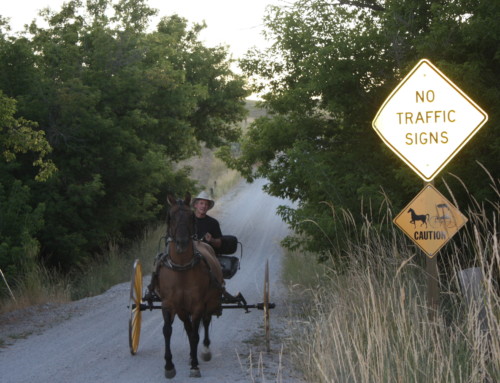
Leave A Comment
You must be logged in to post a comment.